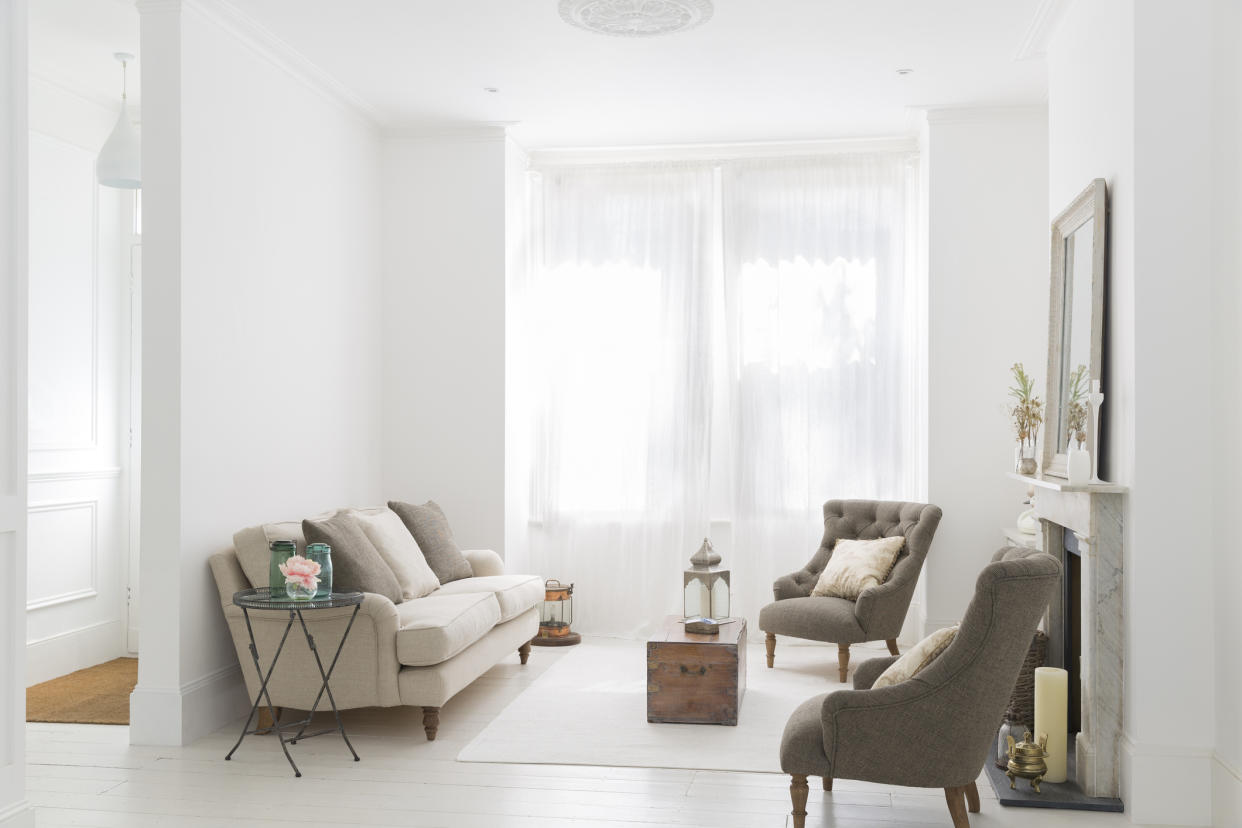Scandinavian v. Minimalism: What's The Difference?

Navigating design terms can be as confusing as assembling a home entertainment system by hand. But to plan interior design that suits your highly specific, oh-so-original tastes and home, you need the language to talk about the nuances of certain styles.
If all you know about minimalist and Scandinavian design is that IKEA sells a lot of it, let us hand you the metaphorical power drill. Here’s everything you need to know about the two aesthetics.

“Minimalist design” refers to the use of industrial materials and geometric forms in a flowing, open-concept space favoring white and black color schemes. It emphasizes simplicity and function in furniture, but modern minimalism has become softer and less strict over time with a wider range of textures and other cozier aspects.
The term “minimalism” was first used to describe the work of American visual artists in the 1960s, according to The Art Story, including Robert Morris and Anne Truitt. It's now used in reference to everything from pant suits to silverware. The aesthetic itself has influences tied to traditional Japanese design, particularly in the clean lines and open flow of movement throughout the home.
“Scandinavian design” refers to the use of natural materials, pale colors, and minimalist shapes in open interiors that capitalize on what sunlight the wintry region actually does receive.
The modern style originated in the Nordic region - Sweden, Denmark, Finland, Iceland, and Norway - in the 1950's, according to The Washington Post. Think of white wooden cottages with monochromatic color schemes and artworks, and you’ll have a pretty good picture of this design.
Something can be both minimalist and Scandinavian at the same time, but the main differences between the two are the materials used. Minimalist design often incorporates stainless steel, chrome, and lacquered plastics while Scandinavian design focuses on organic materials - i.e., hemp rugs, curved wooden chairs, and woven baskets. Both styles ban clutter, so if you're interested, you might want to give Marie Kondo a call.
You Might Also Like

